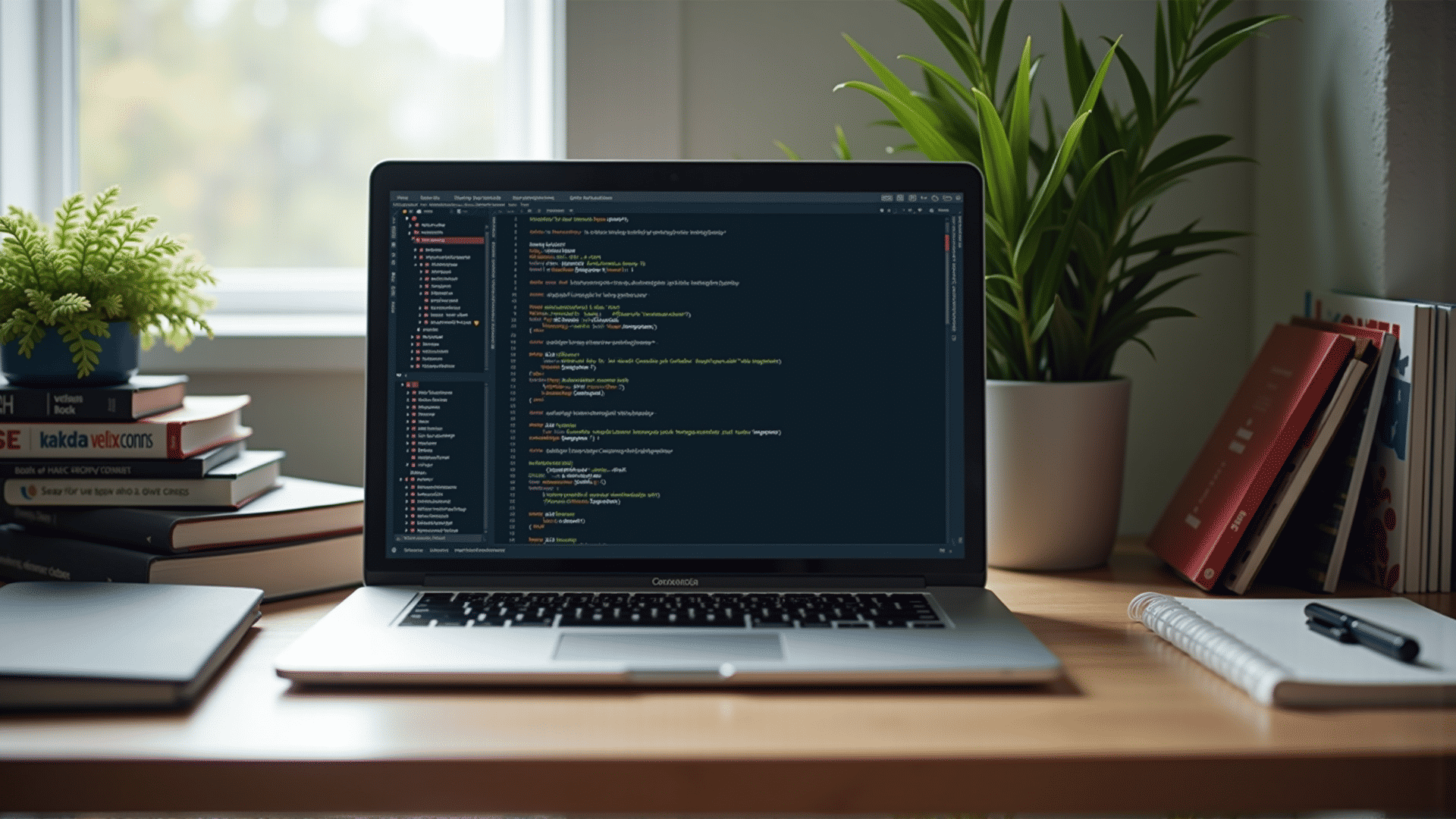In the fast-evolving realm of software development, staying ahead requires not only embracing the latest technologies but also refining and updating coding practices to ensure code efficiency and robustness. As we move into 2024, the landscape of coding is shaped by emerging trends and practices designed to enhance productivity and build resilient applications. Below, we delve into some top coding practices for 2024, aimed at fostering growth and maintaining competitive edges in the software industry.
1. Embrace AI-Powered Development Tools
Artificial Intelligence tools are making significant inroads in coding environments by automating mundane tasks and providing intelligent code suggestions. These tools help in code optimization, bug detection, and generating code snippets based on natural language descriptions. Adopting AI-powered IDEs and code linters can drastically reduce development time and improve code quality.
2. Prioritize Security-First Coding
With cybersecurity threats on the rise, integrating security into the earliest stages of development has become imperative. Developers in 2024 should employ techniques such as zero-trust architecture, regular penetration testing, and the use of secure coding standards. This proactive approach ensures that applications are robust against potential vulnerabilities.
3. Optimize for Cloud-Native Architecture
The shift to cloud-native applications continues to gain momentum. Developers should focus on designing applications that exploit the full potential of cloud resources, including microservices, containerization, and serverless architectures. This not only enhances scalability but also ensures efficient resource utilization and deployment flexibility.
4. Adopt a Test-Driven Development Approach
Test-Driven Development (TDD) remains a cornerstone of robust software practices. By writing tests before actual code and maintaining a comprehensive test suite, developers can ensure their codebase remains clean and functions correctly as new features are added. In 2024, incorporating behavior-driven development (BDD) can also align development with business goals, improving collaboration with non-technical stakeholders.
5. Reiterate on Continuous Integration and Deployment (CI/CD)
Emphasizing continuous integration and continuous deployment pipelines will further streamline the development process. Automating the building, testing, and deployment of applications ensures rapid iteration and faster releases, making it crucial to stay competitive. With the aid of tools like Jenkins, GitLab CI, and GitHub Actions, developers can achieve frequent and reliable delivery cycles.
6. Write Readable and Maintainable Code
Elegant code that is both readable and maintainable remains a foundational practice. Leveraging existing style guides, incorporating comprehensive documentation, and writing clear and concise comments can improve collaboration within development teams. Code should be self-explanatory, reducing dependencies and making onboarding of new team members more seamless.
7. Harness the Power of Open Source
The open-source community continues to thrive, offering a wealth of resources, libraries, and frameworks that can expedite development processes. Engaging with open-source projects not only gives developers access to diverse tools but also provides opportunities to contribute and learn from the global developer community.
8. Implement Efficient Data Handling
In this era of big data, efficient data handling has become a priority. Utilizing data structures and algorithms optimized for both space and time complexity is crucial. Developers should focus on using databases and querying techniques that allow quick data retrieval and minimal latency, ensuring application responsiveness.
9. Focus on Environmental Sustainability
Coding practices in 2024 are increasingly being evaluated based on their environmental impact. Developers should aim to write code that consumes less power and operates efficiently on shared physical infrastructure. This involves optimizing queries, reducing computational overhead, and designing applications that require fewer resources to run.
10. Continuous Learning and Adaptation
Technology is an ever-evolving field, thus constant learning and adaptability are essential. Encouraging a culture of knowledge sharing, attending workshops, and participating in hackathons can foster innovation. Keeping abreast of technological trends and experimenting with new methodologies will ensure developers remain at the forefront of advancements.
By integrating these top coding practices, developers and organizations will be poised to deliver robust, efficient, and innovative software solutions in 2024. In a world where technology is interwoven with every aspect of life, refining these practices is not just a choice but a necessity to thrive and succeed.
